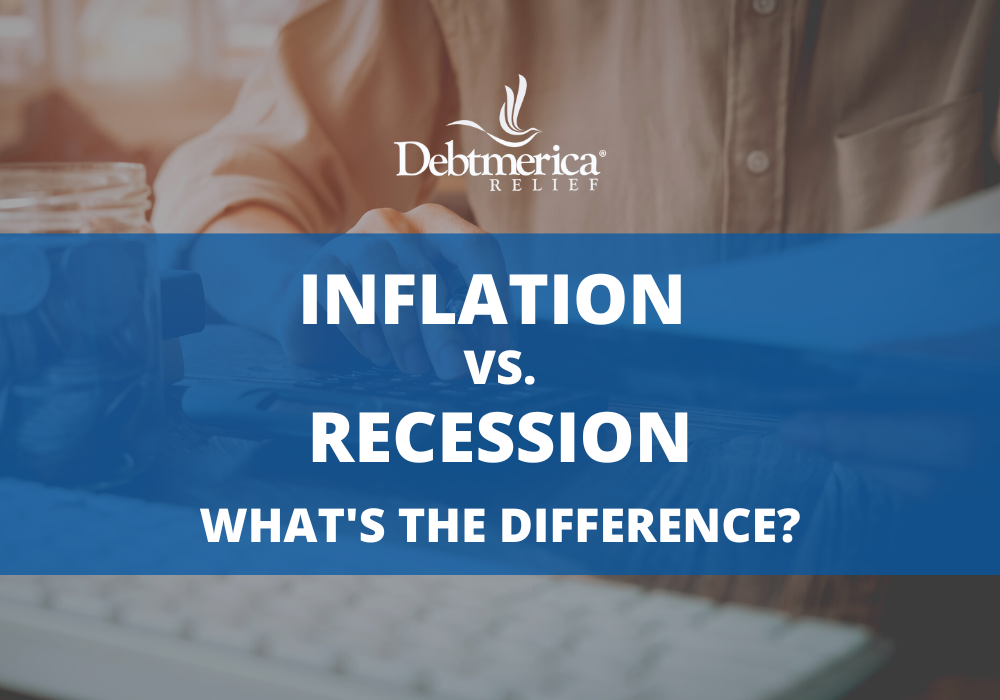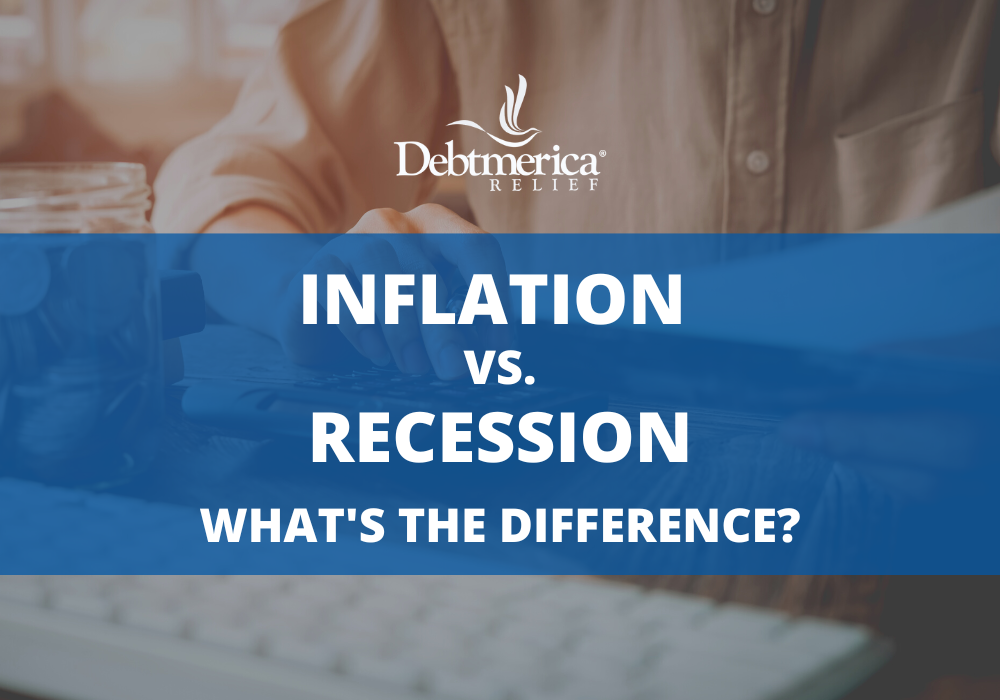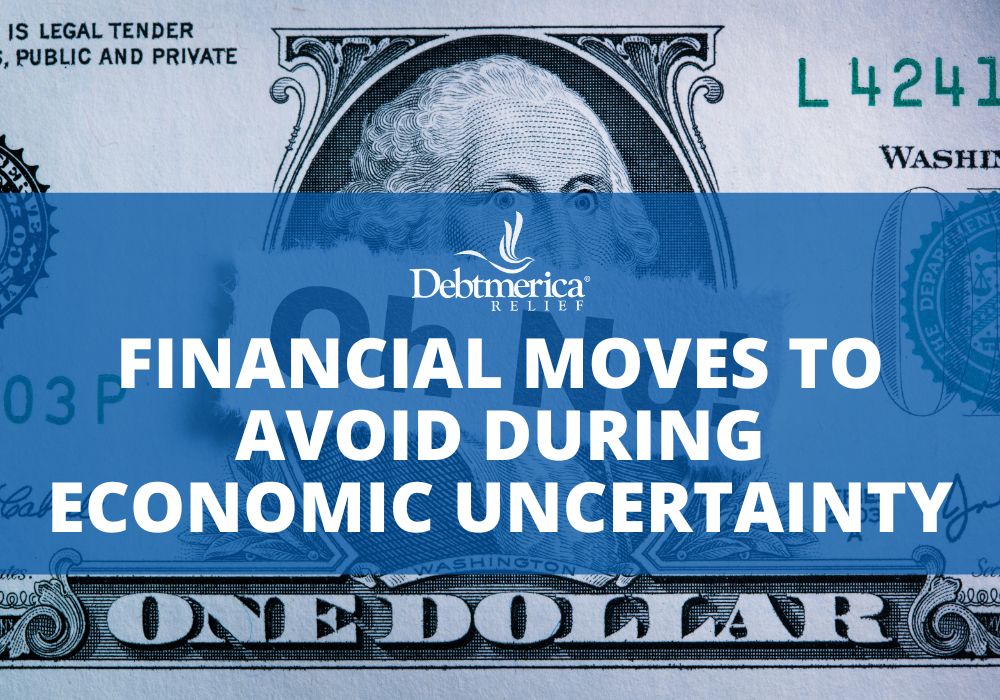Inflation vs. Recession: What’s the Difference?

During economic discussion, we hear the terms “inflation” and “recession” quite often. While the two terms are often assumed to be similar, or steppingstones for each other, they actually have opposite effects on the economy.
Inflation
Inflation occurs when prices of goods and services increase over time. Put simply, inflation is the reason a gallon of gasoline costs $4.65 in 2022, but only $1.45 in 2002. Inflation occurs because of a few different scenarios:
- Demand begins to overpower supply
- Production costs increase, leading to an increase in price for final products
- Wages increase, leading to a rise in costs of goods and services
It’s important to note that economists and government agencies like the Federal Reserve and the Federal Open Markets Committee (FOMC) find a certain rate of inflation to be healthy. In fact, the FOMC claims that a 2% inflation rate is necessary for ideal employment and price stability in the economy. However, in times of high inflation, it can reduce the buying power of consumers because the value of money decreases. If we think back to our example of gas prices increasing over the last 20 years, we can see that the high jump in cost in the U.S. is simply not affordable for everyone. This is when the word “inflation” becomes a frightening term.
On the other hand, inflation does favor those who hold assets as those values will increase. Things like real estate, commodities, stocks and bonds become more valuable and popular methods of storing value during inflation periods.
Recession
Recession, on the other hand, is a period of consistent negative growth in the economy. This is exemplified through a few circumstances.
- A decline in the Gross Domestic Product (Real GDP) over two consecutive quarters, or a fall in the value of goods and services produced by the U.S economy after prices have been adjusted for inflation or deflation
- A rise in unemployment rates
- A decline in price of assets, including bonds, equities, real estate, commodities and more
The most recent and official recession was in 2008. The U.S.’s GDP dropped 4.3% and the unemployment rate was around 10% at its worst. The massive economic crisis lasted 18 months and finally improved after the government issued a $700 billion bailout to banks, insurance and automobile companies, as well as another $800 billion stimulus package that cut taxes and created jobs.
Debt Relief During Inflation and Recessions
Knowing signs of a recession is important but planning for one is a financial necessity. Preparing a well-thought-out budget and having emergency savings are just a couple things anyone can do to prepare for a recession. If you have more financial power to do things like making safe investments or repaying high-interest debt, you’ll be in better shape.
If you need help with debt, give us a call at 800-470-8155 for a free consultation.




